When Apple presented a project called Apple Silicon on the occasion of the WWDC 2020 developer conference, it gained quite a lot of attention not only from Apple fans themselves, but also from fans of competing brands. The Cupertino giant has confirmed earlier speculation that it will move from Intel processors to its own chips for its computers. It didn't take long for us to see the first trio of models (MacBook Air, 13″ MacBook Pro and Mac mini), powered by the M1 chip, which a little later made its way into the 24″ iMac. In October of this year, its professional versions – M1 Pro and M1 Max – came, driving the brutally powerful 14″ and 16″ MacBook Pro.
It could be interest you
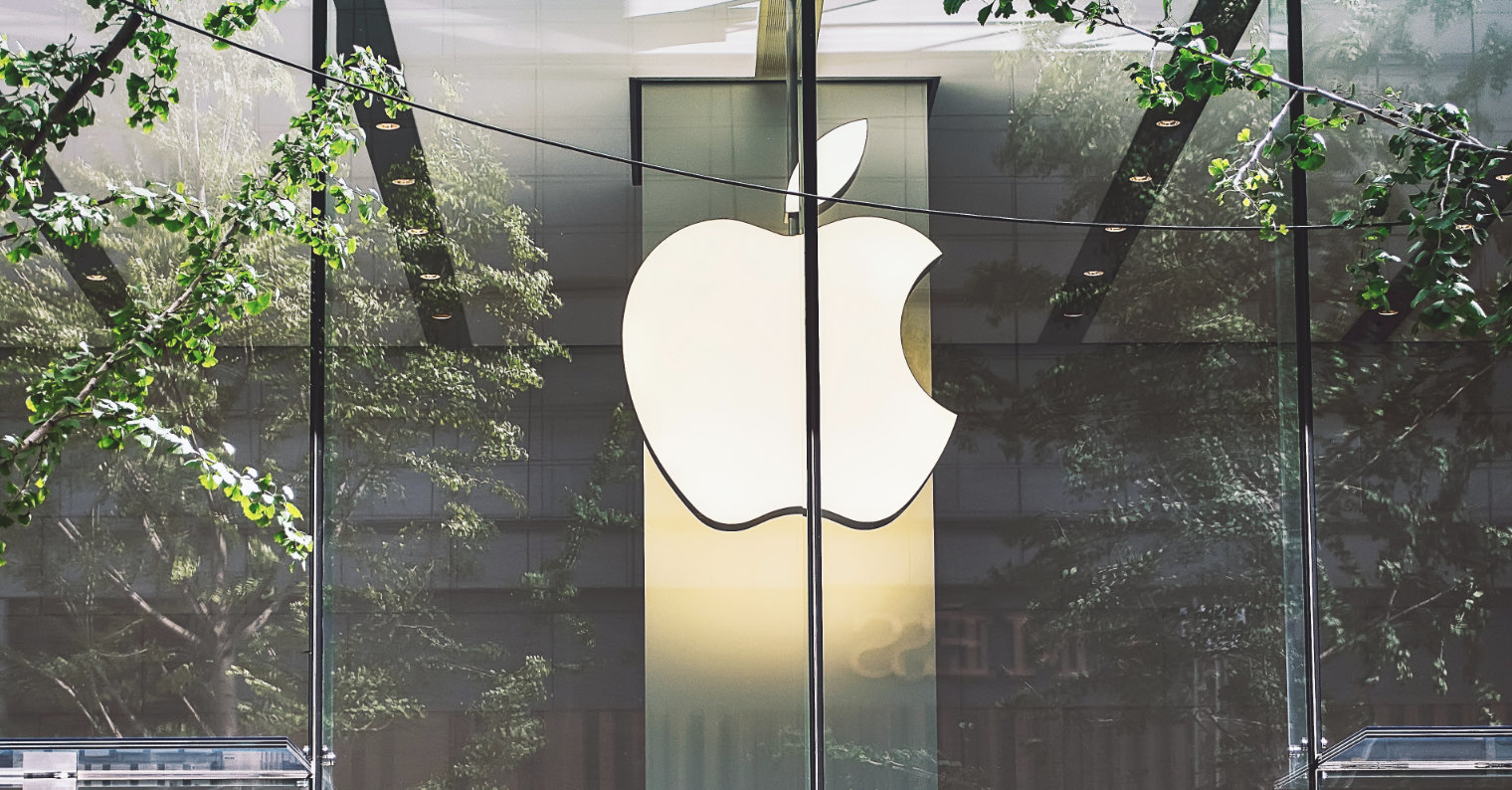
Advantages that we all already know well
Apple Silicon chips have brought with them a number of unrivaled advantages. Of course, performance comes first. Since the chips are based on a different architecture (ARM), on which Apple, among other things, also builds its chips for iPhones and is thus very familiar with it, it was able to push the possibilities compared to processors from Intel to a completely new level. Of course, it doesn't end there. At the same time, these new chips are extremely economical and do not produce so much heat, due to which, for example, the MacBook Air does not even offer active cooling (fan), in the case of the 13″ MacBook Pro, you hardly ever hear the aforementioned fan running. Apple laptops thus immediately became excellent devices for carrying around – because they offer sufficient performance together with a long battery life.
The best choice for regular users
Currently, Macs with Apple Silicon, specifically with the M1 chip, can be described as the best computers for ordinary users who need the device for office work, watching multimedia content, browsing the Internet or occasionally editing photos and videos. This is because apple computers can handle these tasks without getting out of breath. Then, of course, we also have the new 14″ and 16″ MacBook Pro, which can be fitted with the M1 Pro and M1 Max chips. From the price tag itself, it is clear that this piece is definitely not aimed at ordinary people, but at professionals who, with a bit of exaggeration, never have enough power.
It could be interest you
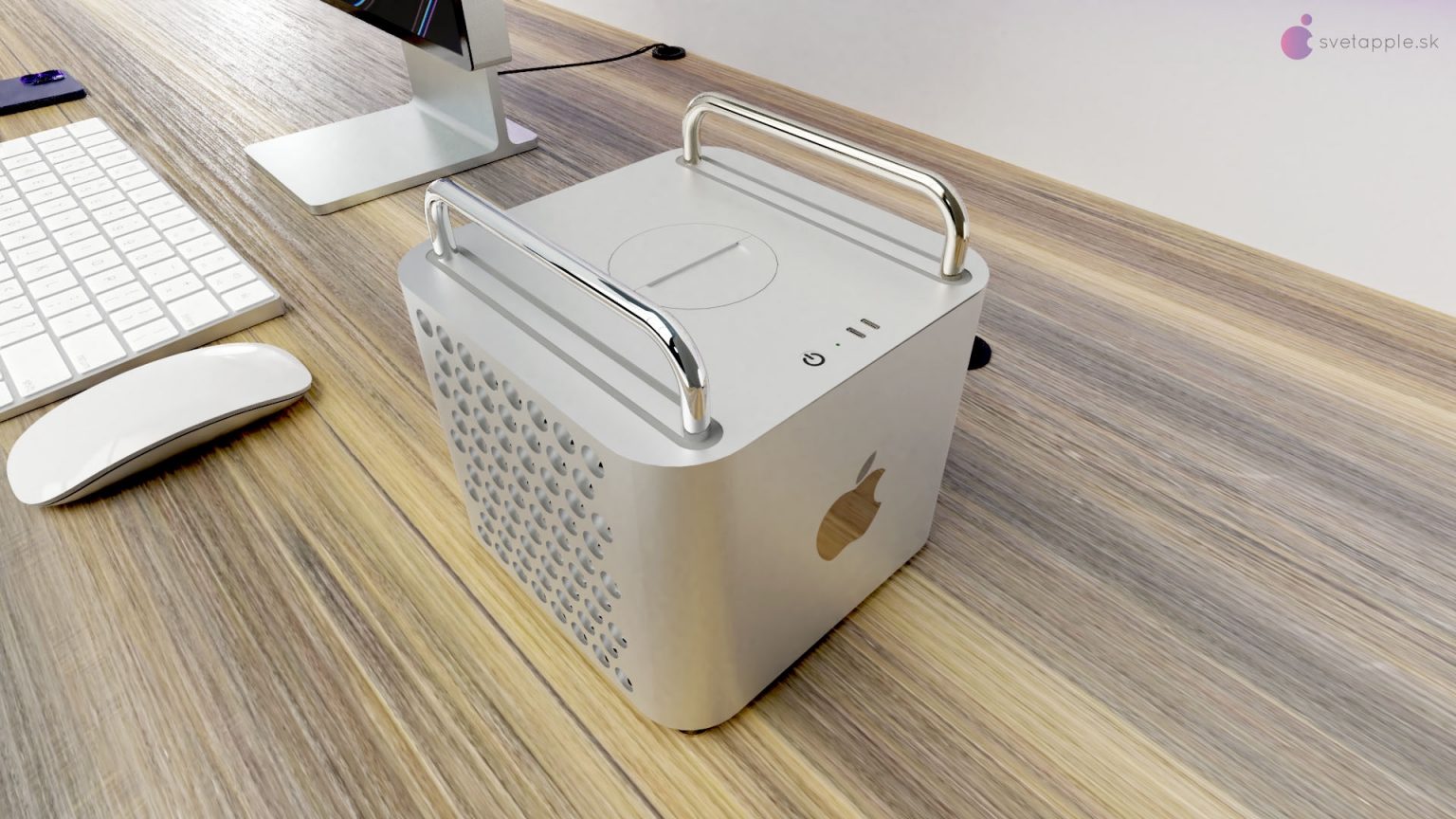
Disadvantages of Apple Silicon
All that glitters is not gold. Of course, even Apple Silicon chips do not escape this saying, which unfortunately also have some shortcomings. For example, it is plagued by a limited number of inputs, especially with the 13″ MacBook Pro and MacBook Air, which only offer two Thunderbolt/USB-C ports, while they can only cope with connecting one external monitor. But the biggest shortcoming remains the availability of applications. Some programs may not yet be optimized for the new platform, which is why the system starts them before the Rosetta 2 compilation layer. This, of course, brings with it a decrease in performance and other problems. The situation is gradually improving and it is clear that with the arrival of other Apple Silicon chips, developers will focus on the newer platform.
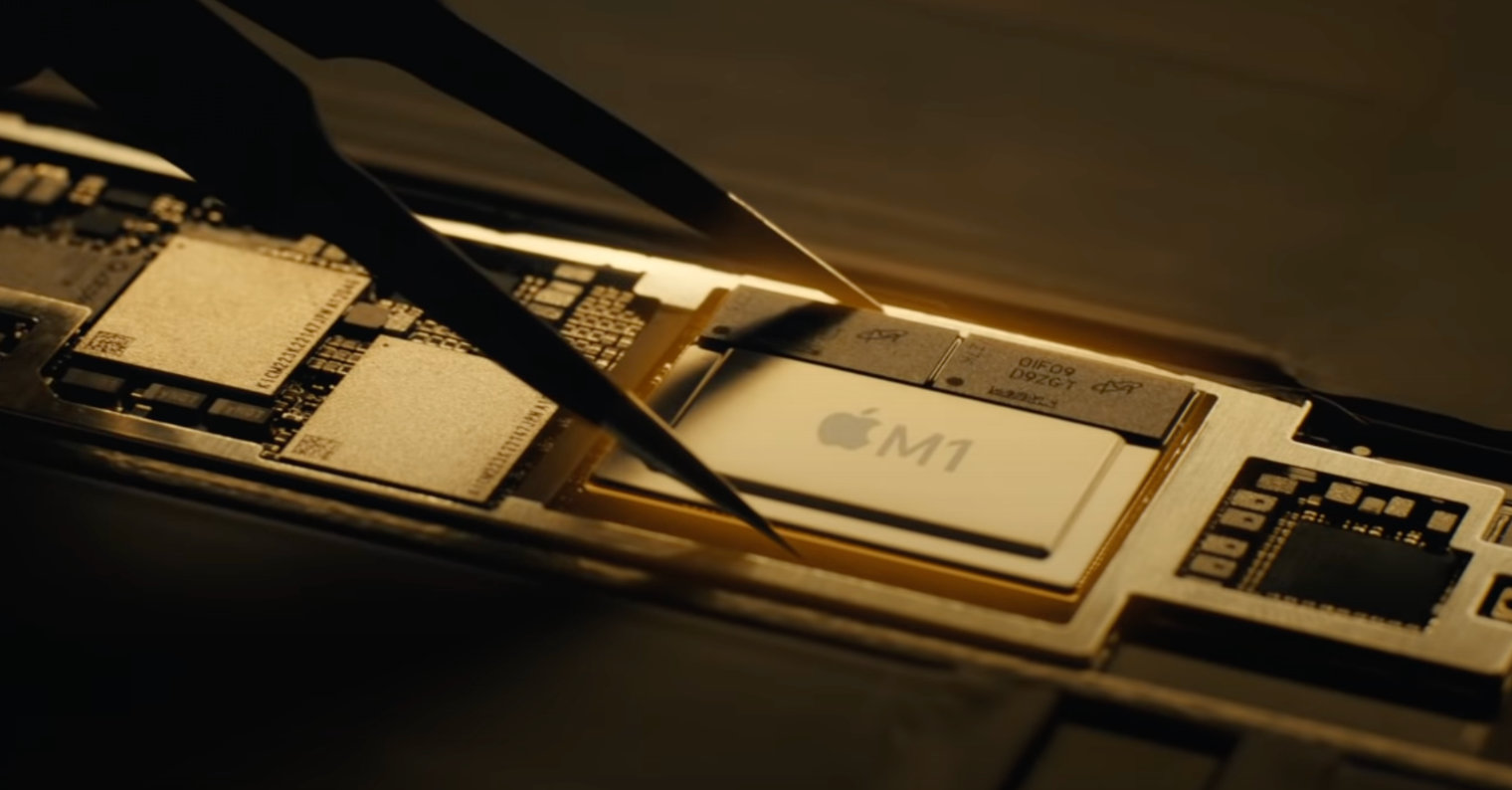
In addition, since the new chips are built on a different architecture, the classic version of the Windows operating system cannot be run/virtualized on them. In this regard, it is only possible to virtualize the so-called Insider version (intended for the ARM architecture) through the Parallels Desktop program, which is not exactly the cheapest.
It could be interest you

But if we look at the mentioned shortcomings from a distance, does it even make sense to solve them? Of course, it is clear that for some users, getting a Mac with an Apple Silicon chip is a complete nonsense, since the current models do not allow them to work at 100%, but now we are talking about ordinary users here. Although the new generation of Apple computers has some disadvantages, they are still first-class machines. It is only necessary to differentiate for whom they are actually intended.
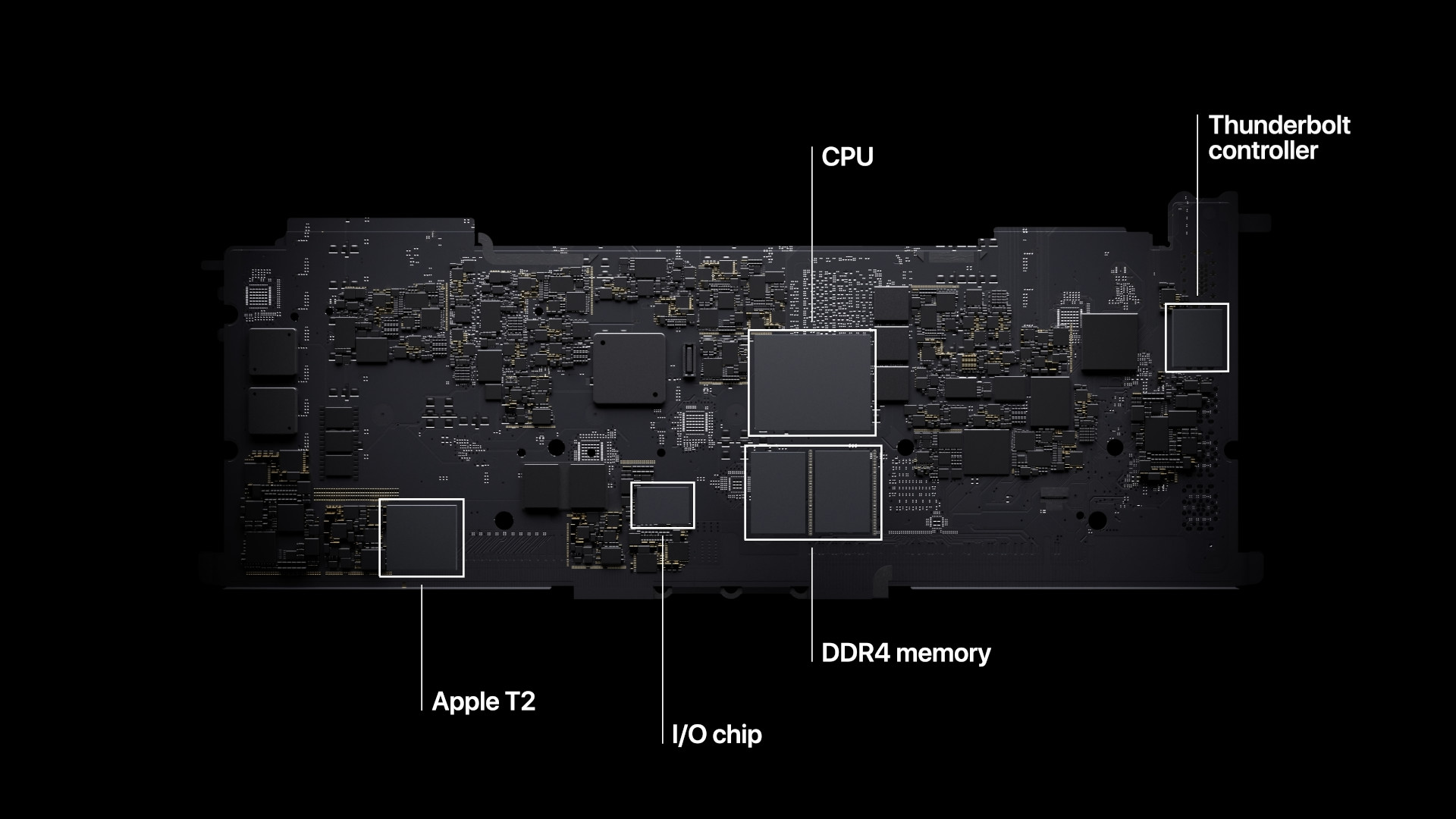
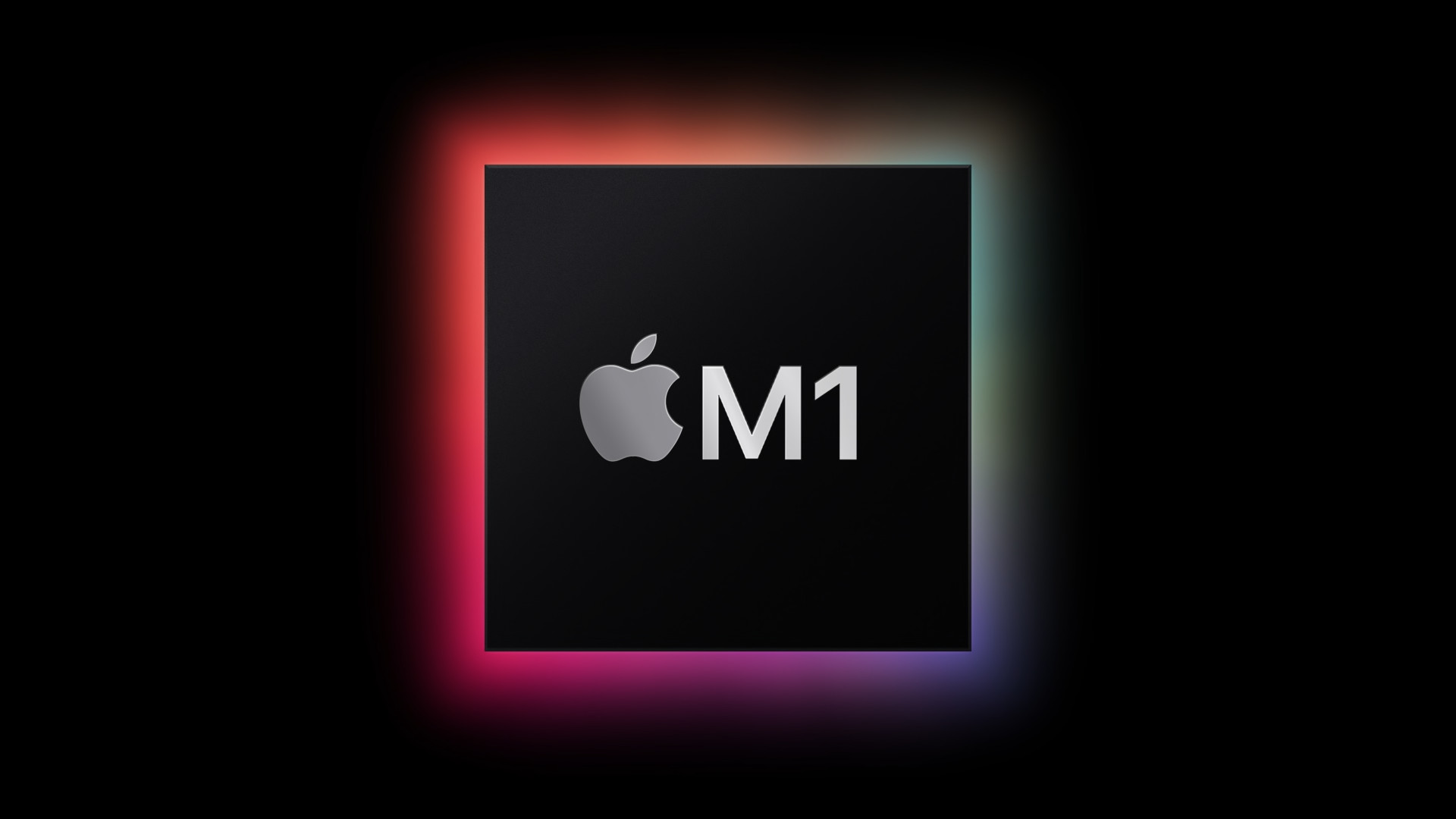
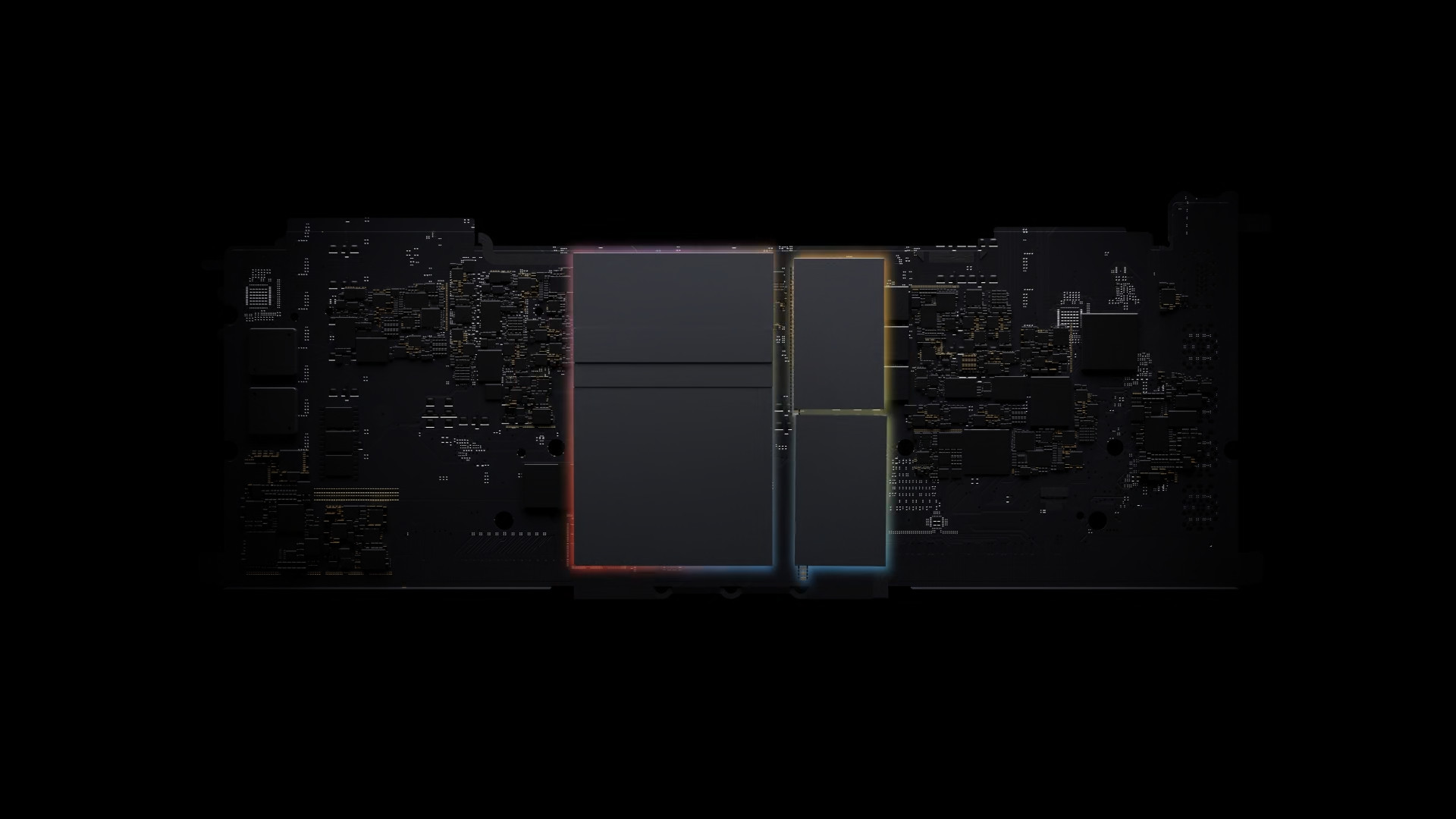
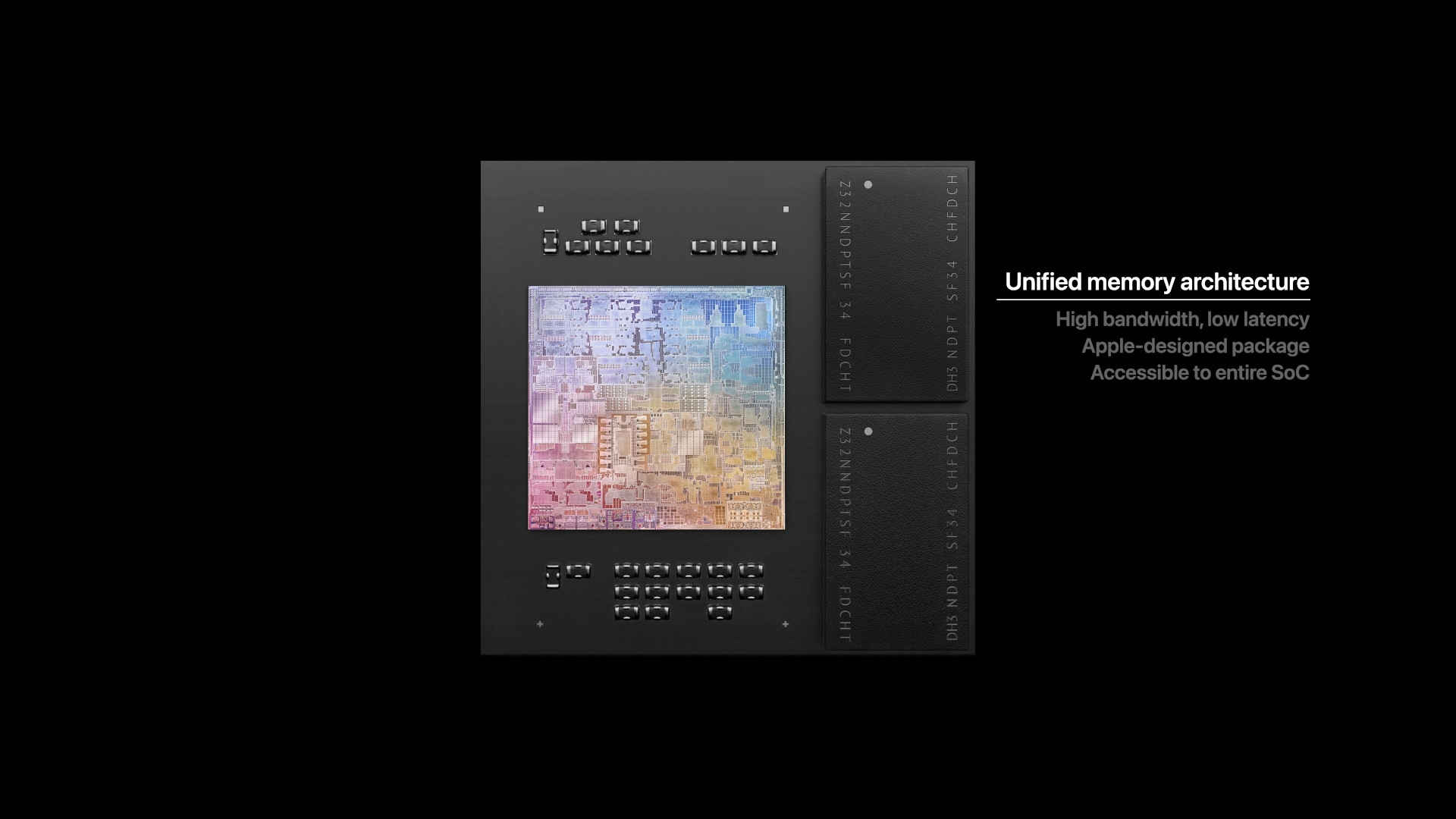
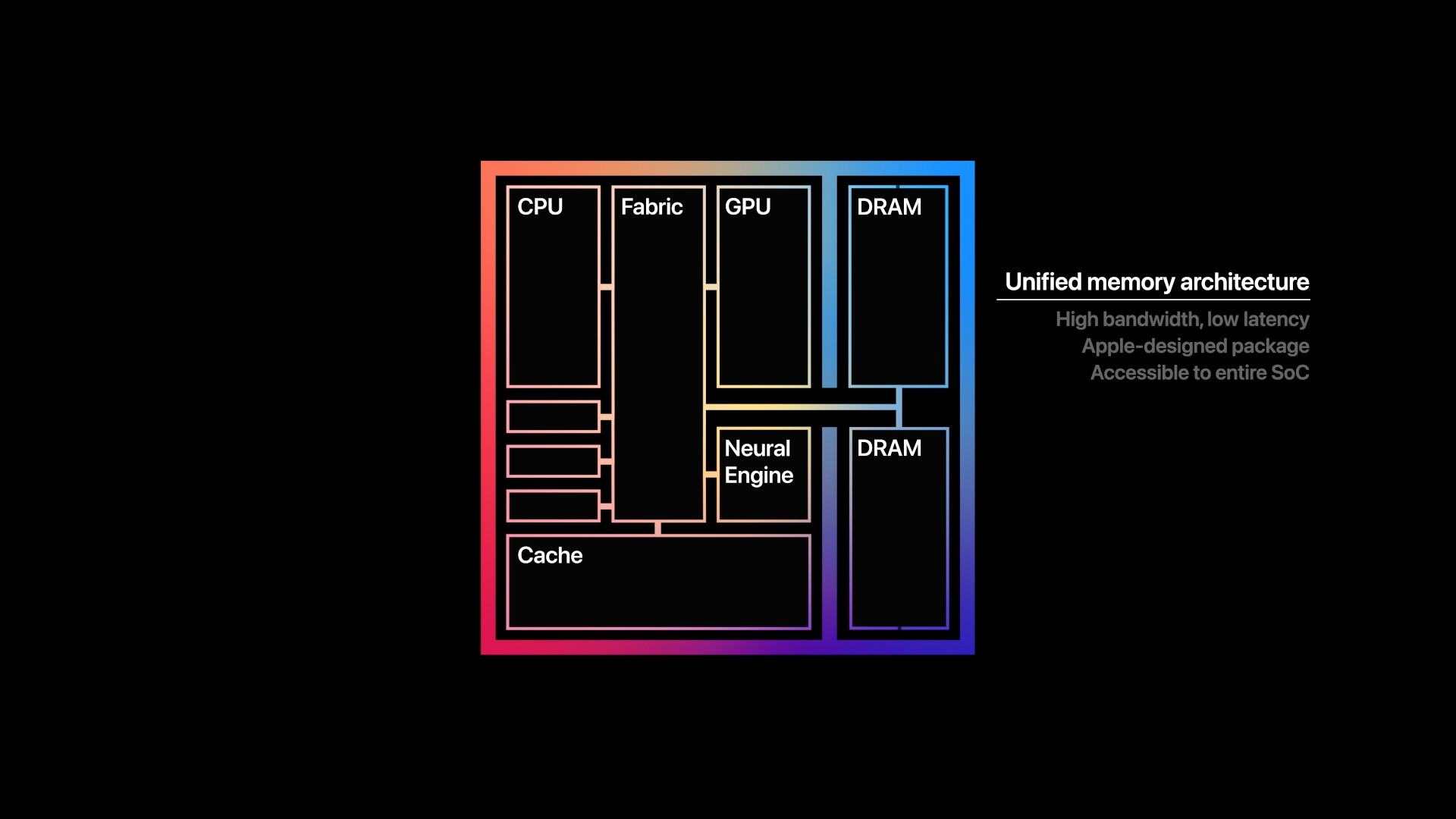
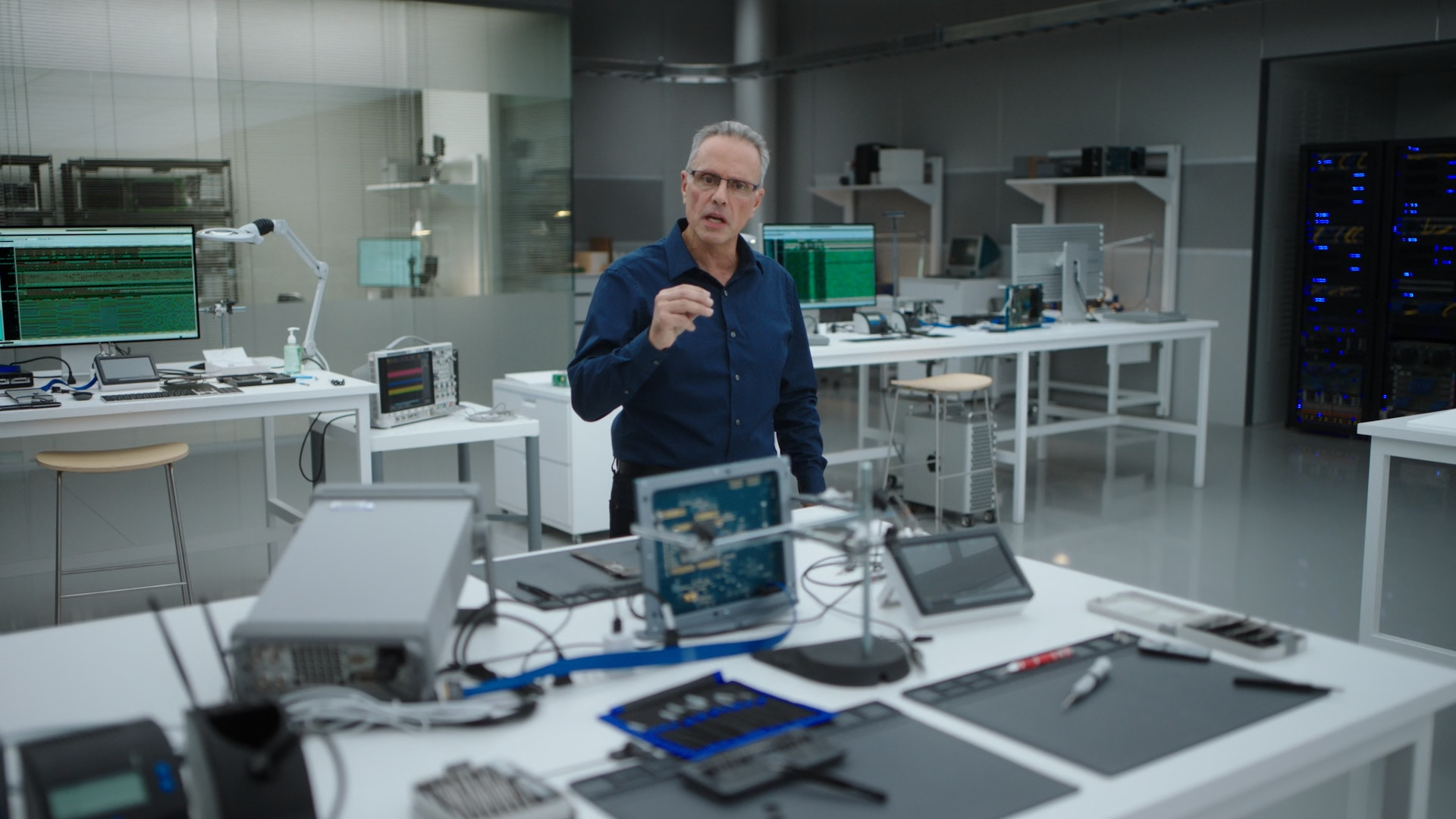
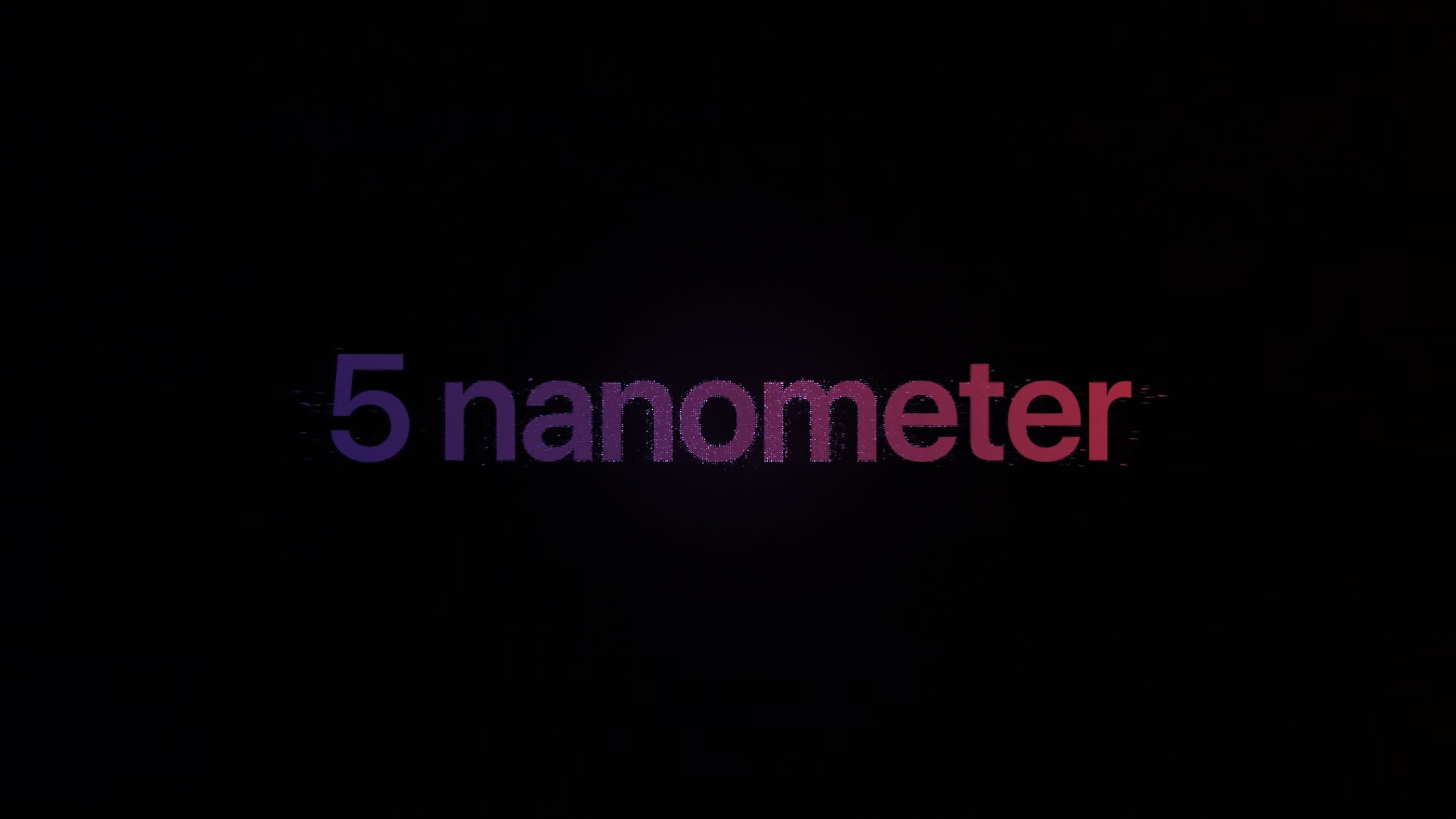
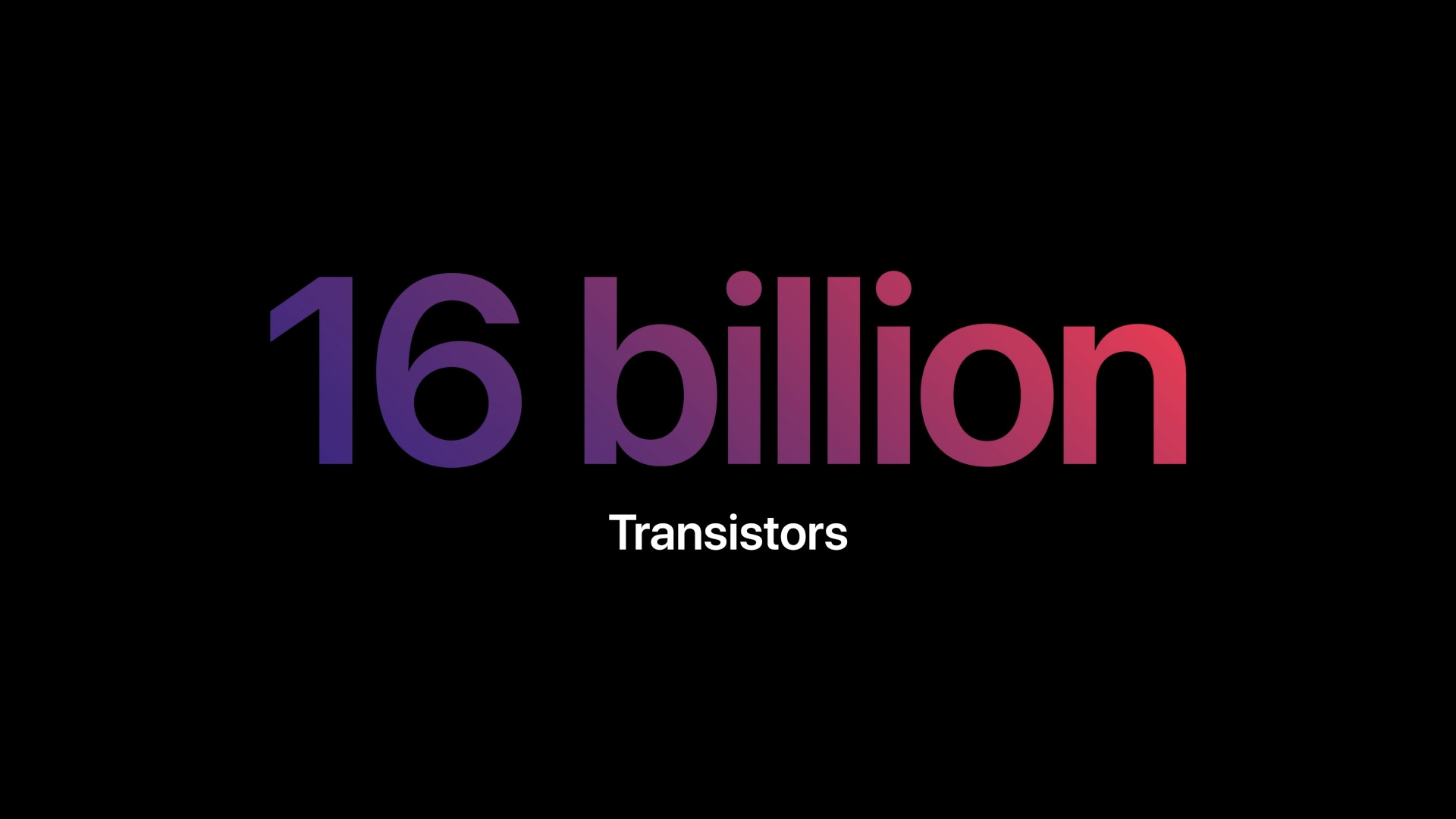
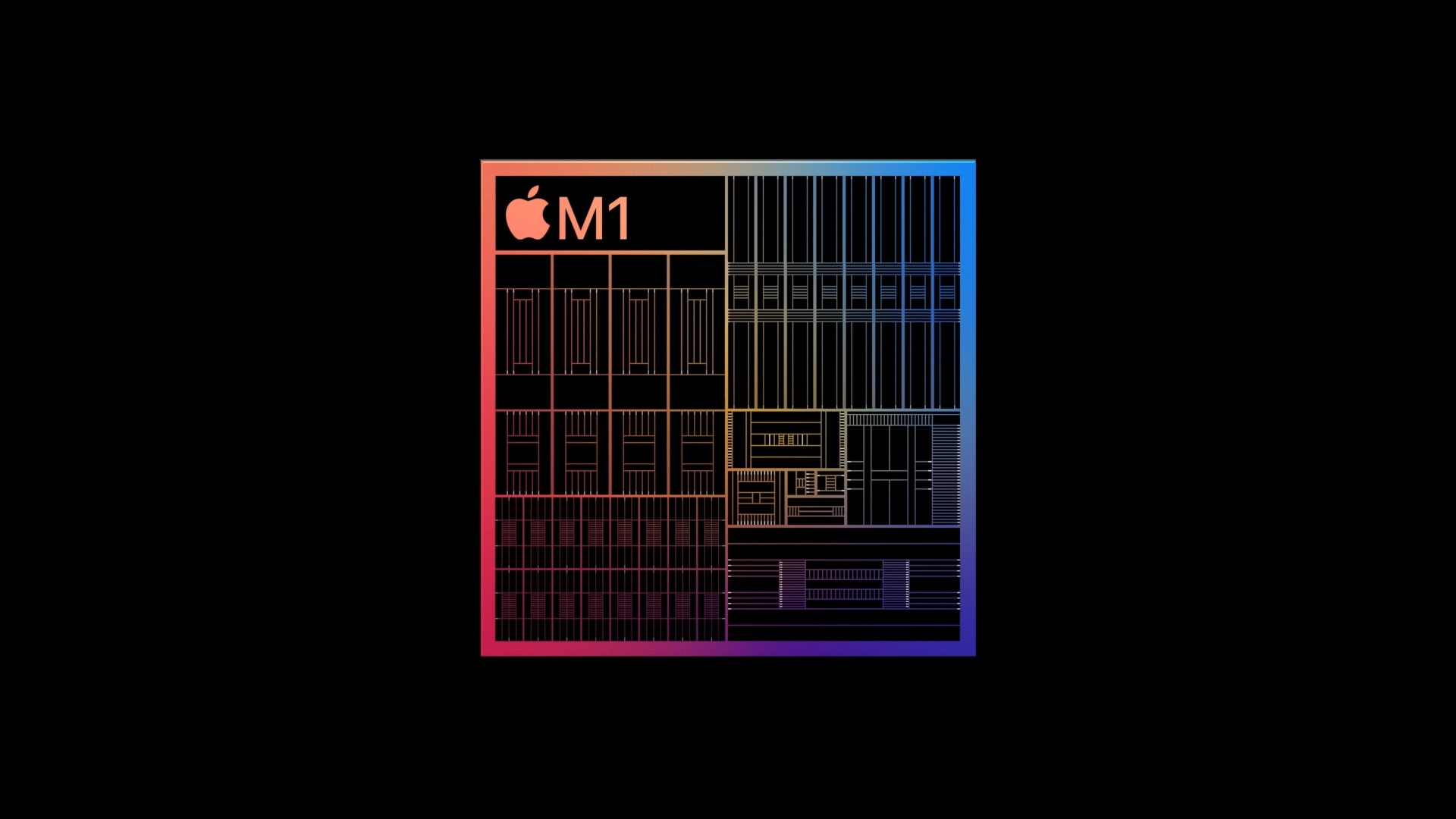

Rosetta is perfectly fine. So I don't have experience with any PRO programs and I know that there was talk about some plug-ins for various PRO programs that might not work, but of course that just takes time. As for games, for example, they go through Rosseta just fine and usually even better than before.
Well, with Windows it's bad. Although it can be solved via Parallels Desktop, it basically works, but it is not yet the final version and it has already happened to me that Microsoft released such an Insider update that practically did not work at all and it is still officially downloadable on their website as possible installation.
As a dev team at a security company, we are absolutely thrilled with the M1.
OK, and what about USB drivers for printers, for example? I can't find any information about compatibility. I don't want to risk not printing or scanning anything I write. I cannot find this information with the printer manufacturer (Brother).
I have a Mac Mini with an M 1 processor. Six years old HP laser printer and it works better than on windows. HP does not offer a driver other than win7 on support for this printer. But scanning and all printer settings, including print and scan quality, work great on the MacMini. So I probably shouldn't be worried, because I haven't heard from anyone that a printer doesn't work on their Mac.
Otherwise, as for applications that run only through the rosette, both office applications and photo editing and video editing work faster than on the previous Macbook with an Intel processor.
Well, what about Windows virtualization…..I don’t understand why it’s still being solved….it’s not possible to run OSX on Windows either…..I either want Windows or Mac…..I don’t understand why someone is still solving it. In addition, I think that, apart from some professional programs for Windows, it is possible to find an adequate replacement directly for OSX.
"Parallels is not the cheapest"
Anyone with a Mac has no problem with 80 USD per year for Parallels.
Rather than dealing with virtualization for €80, it is easier and more efficient to buy a basic laptop with Windows for a few thousand.
An interesting attack. But of course I wouldn't want to have another shop